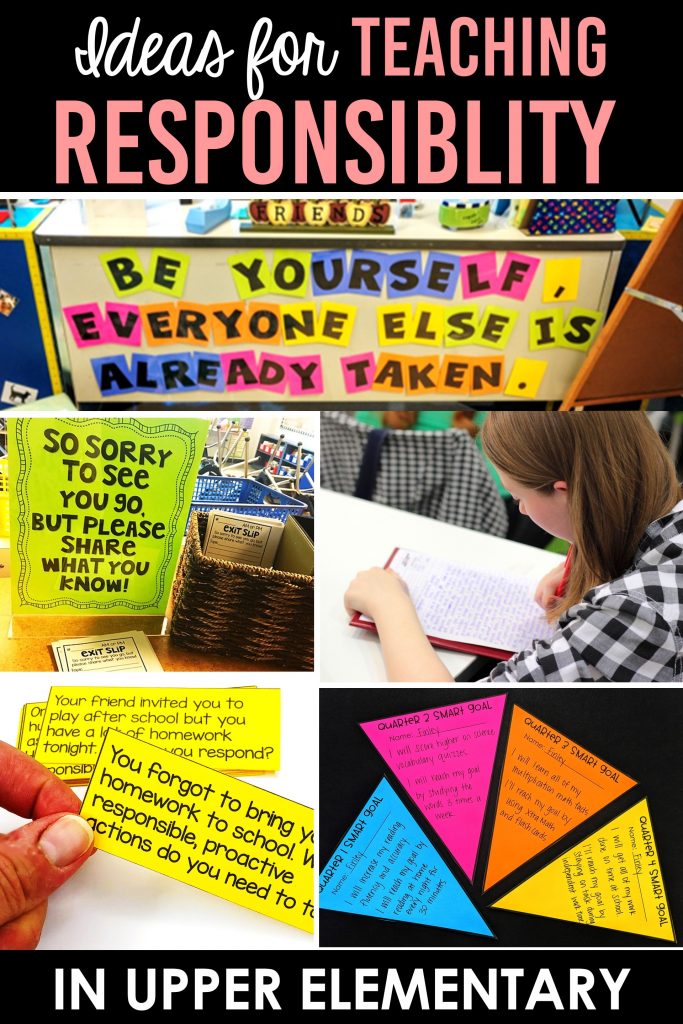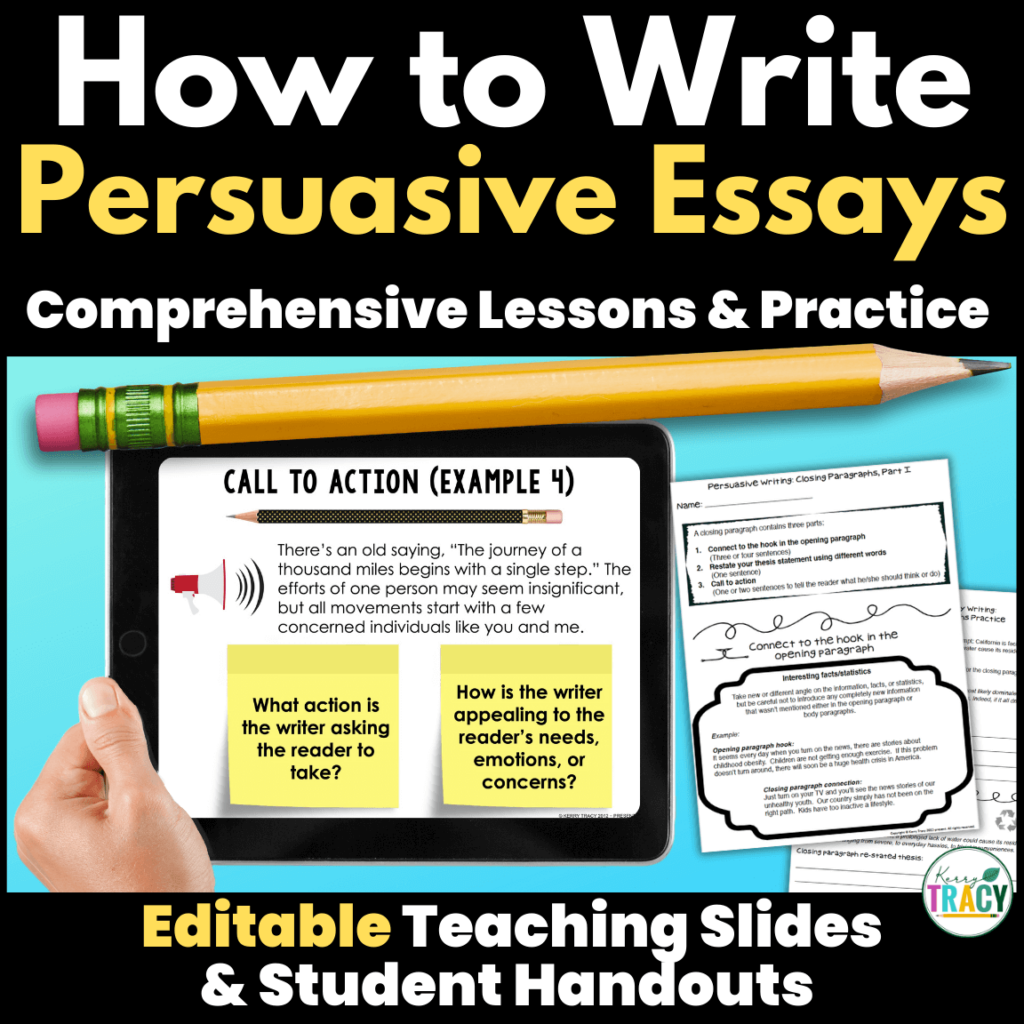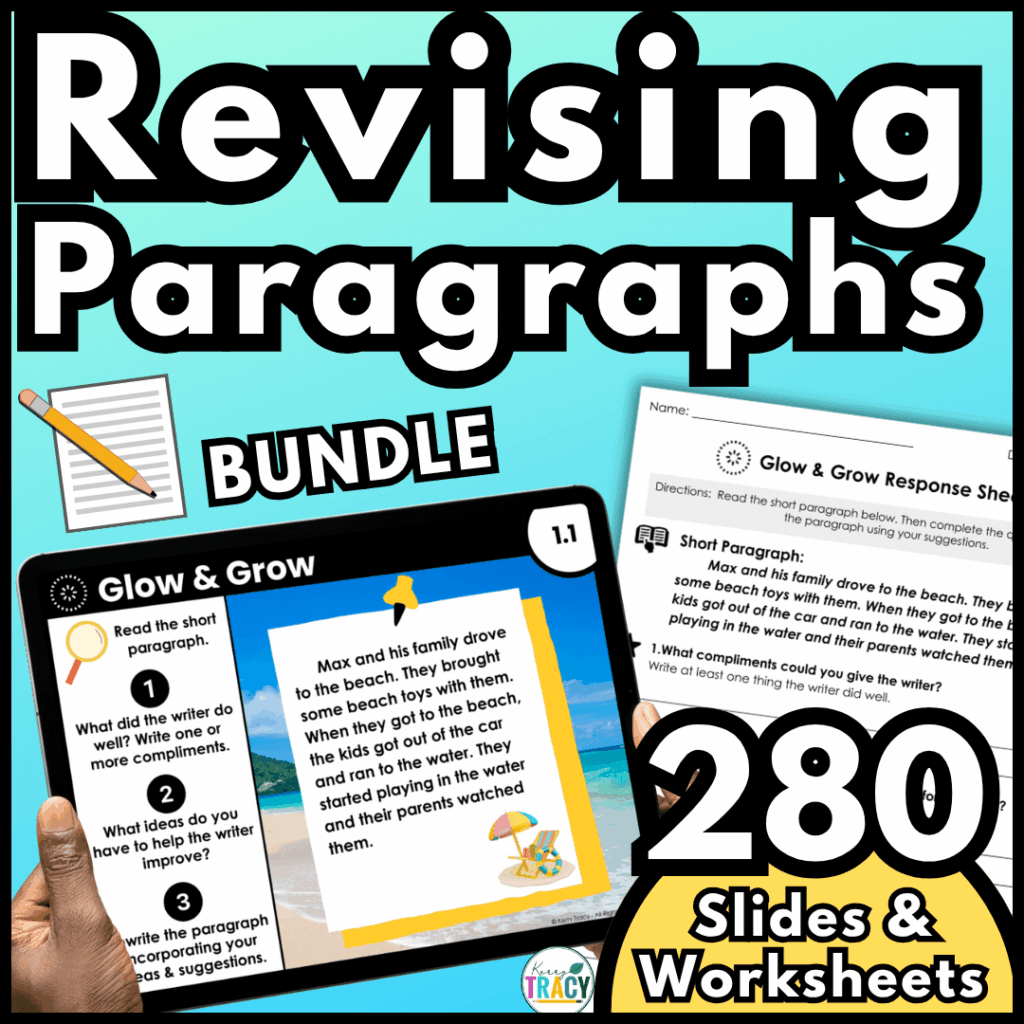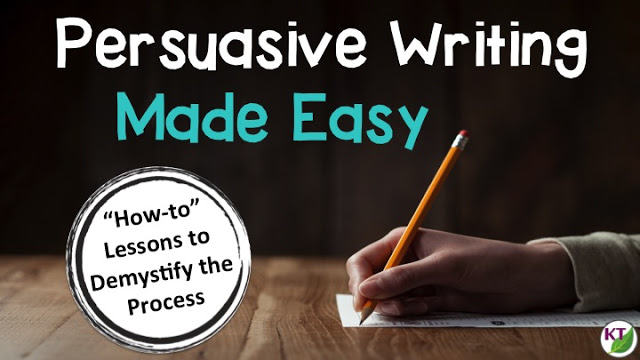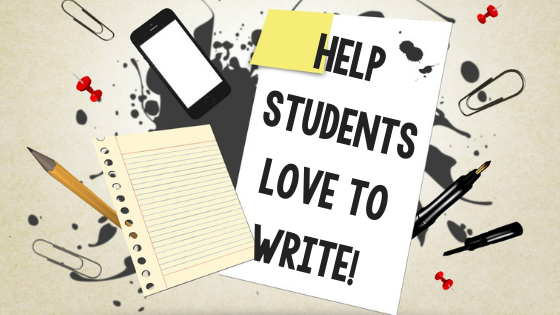Grading writing is kind of the worst kind of marathon. If you can teach your students to take responsibility for truly revising their essays prior to submitting them, it can shave a whole lot of time off the work you have to do. More importantly, when they become active revisers, their work improves far more dramatically than when you’re the one giving all the feedback.
So repeat after me, teachers: “It’s not my job to revise students’ writing!”
Students should be responsible for improving their own writing. Your job is to help them understand how to revise.

Peer Review of Persuasive Essays
It’s quite hard to read your own work unbiased, so you’ll want to set up students to peer review each other. Typically, we start with whole class mini lessons using an anonymous writing sample from a past year. (Another good option is to start with smaller chunks of pre-written examples for bell ringers, early finishers, centers, etc. — like Stretch a Sentence or Paragraph Revising.)
Next, we move to small groups, again using grade-level samples.
Then, as often as possible for the rest of the year, students are responsible for giving and receiving feedback from multiple people prior to submitting writing assignments for a grade. We set aside class time to do this.
Here’s what that looks like:
- Make three copies of the grading rubric for each student
- Have students turn in their latest draft to you (if you worry about privacy, have students number rather than put names on their drafts).
- Pass the essays out randomly.
- Each student completes a rubric for the essay they’re reading.
- Each student passes the essays to the right to repeat the process with a new essay.
- Repeat one more time.
Even if a student doesn’t have an essay, s/he still participates as a reader. The experience is helpful for reluctant and struggling writers. This might mean not every student is reading a paper in each round. For “free” rounds, students may read a free-choice book or work on a posted quick write activity.
Note: Sometimes I use a holistic rubric like the one shown below, but sometimes grading a full rubric is too much for students.
Other times, I like narrower rubrics for specific revising days. Two examples are Revising: Opening & Closing Paragraphs and Revising: Content. This makes it easy to narrow focus and build up feedback endurance for revising lessons / sessions.
It’s easy to create rubrics with a narrow focus on Rubistar.
If you’d like to see more tips for helping students revise persuasive essays, check out this blog post.
Sample Rubric:
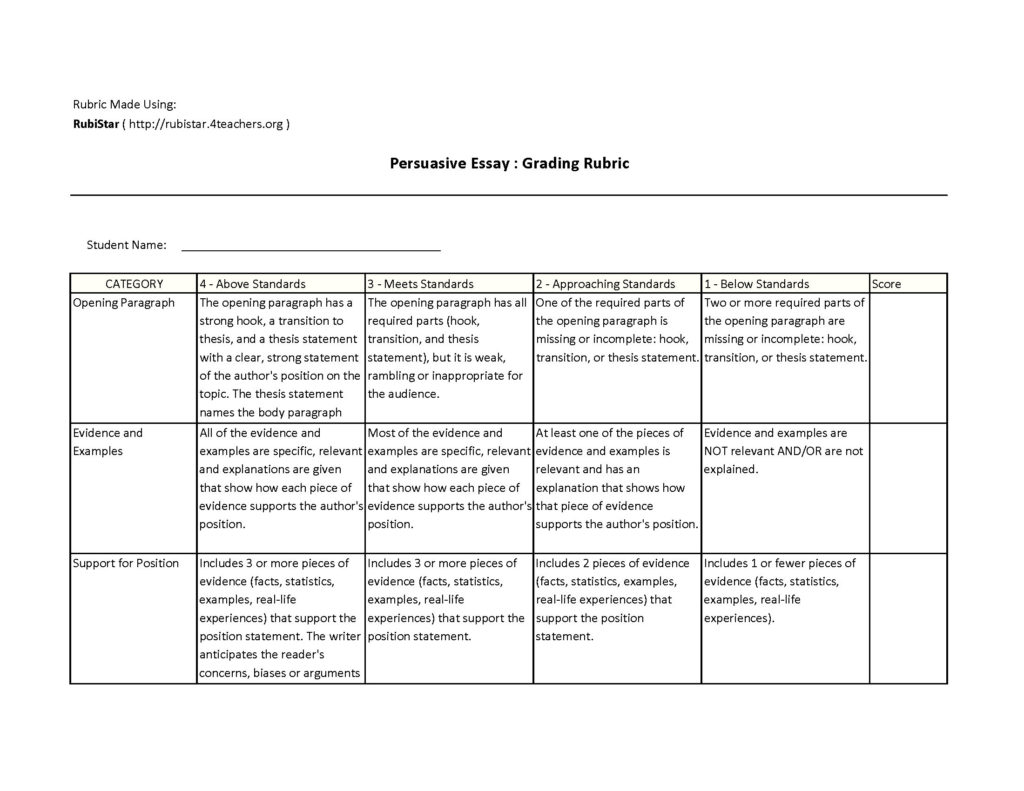
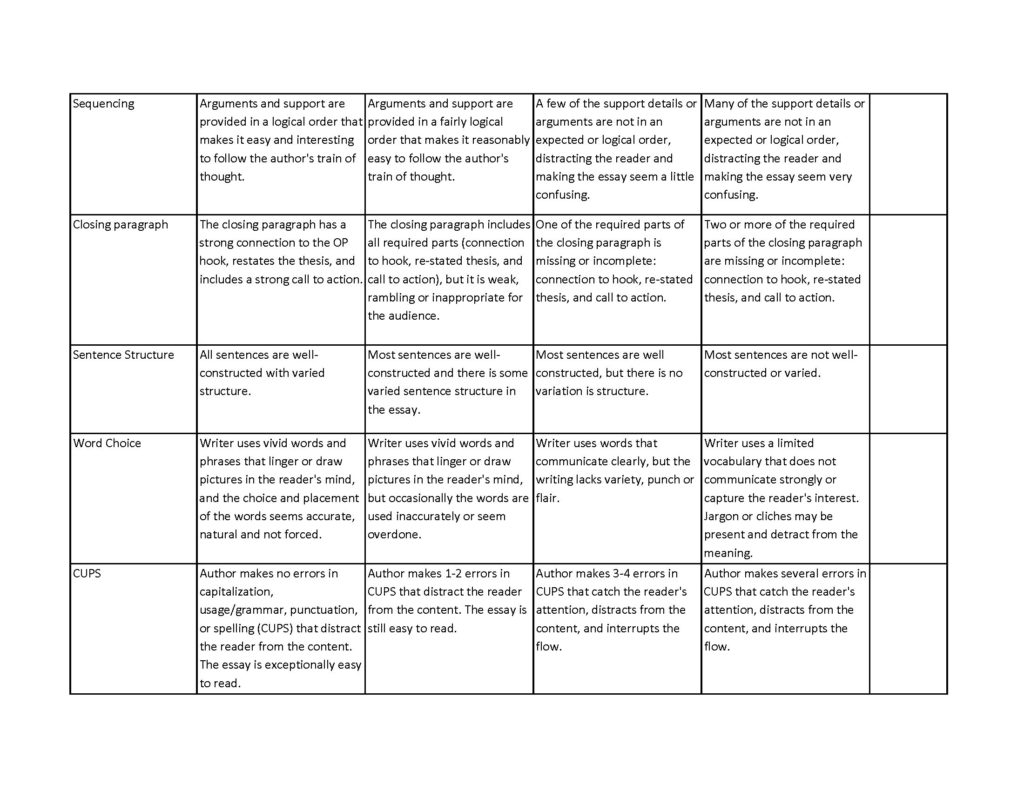
Want copies of three of my editable and print-ready persuasive writing rubrics (modified from Rubistar)?
Grab the Full Resources Below:
Looking for more ideas for helping students become more responsible for themselves and accountable for their learning?
My upper elementary friends have joined together to share more ideas on this topic! Check these out and grab the freebies along the way!
Using Quotes to Empower Students in the Classroom // Samson’s Shoppe
4 Quick Tips for Using Exit Slips in the Classroom // Think Grow Giggle
Empowering Students to Revise Essays (with Persuasive Rubrics Freebies) // Feel-Good Teaching
Teaching Responsibility with Habits of Accountable Students // Tarheelstate Teacher
How to Increase Accountability with Student Led Conferences // The Learning Effect
